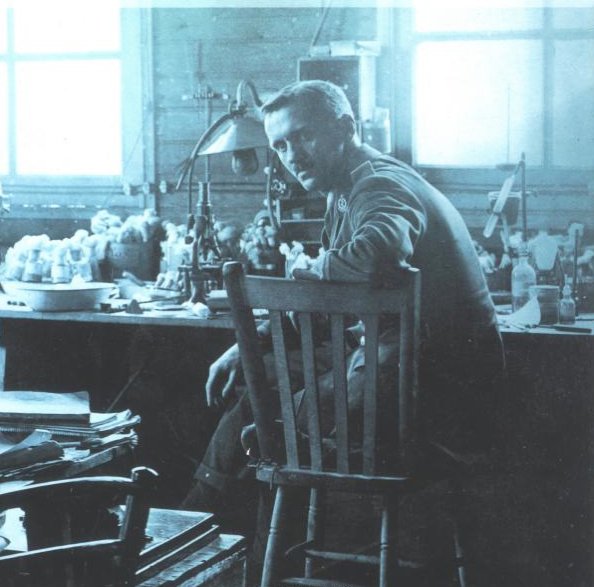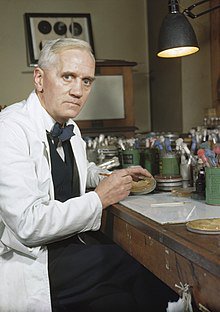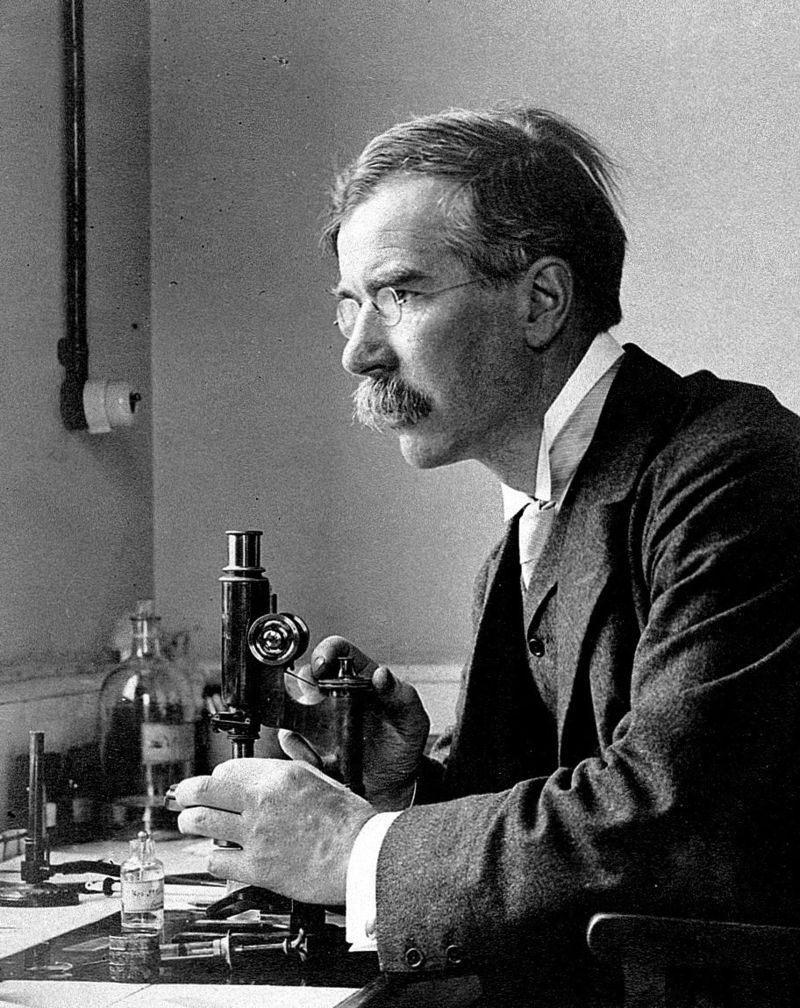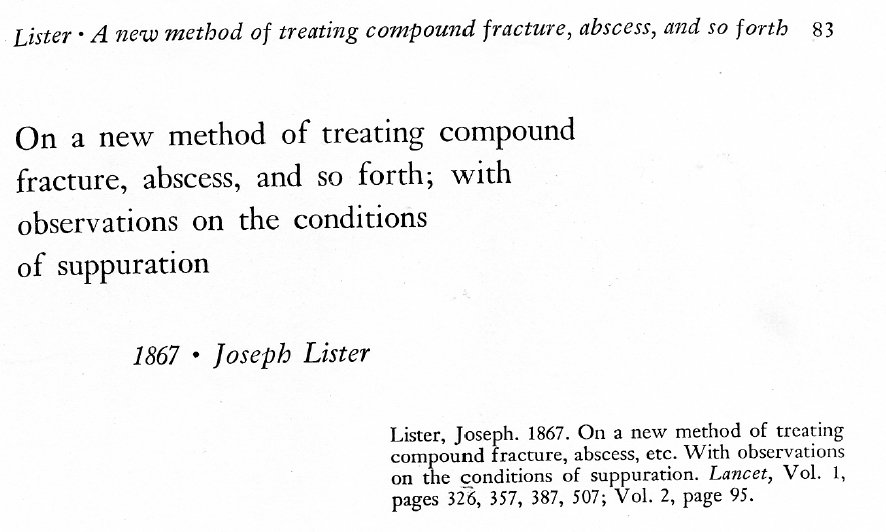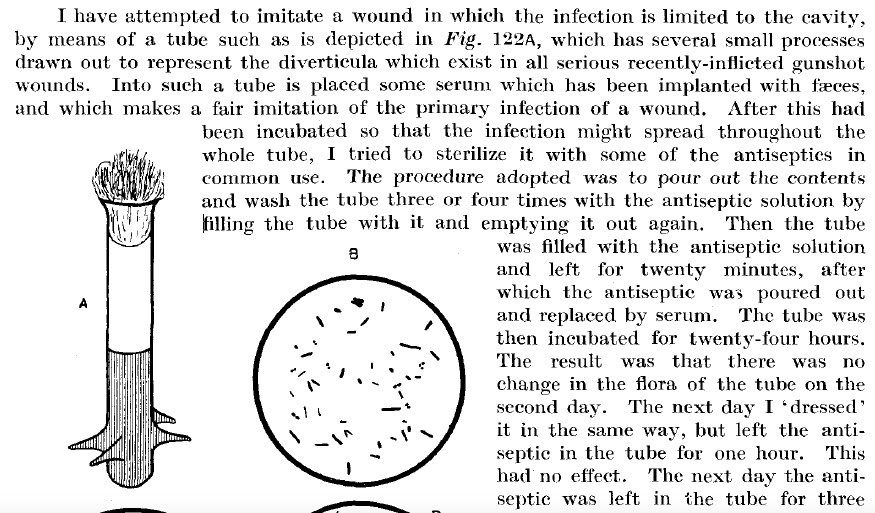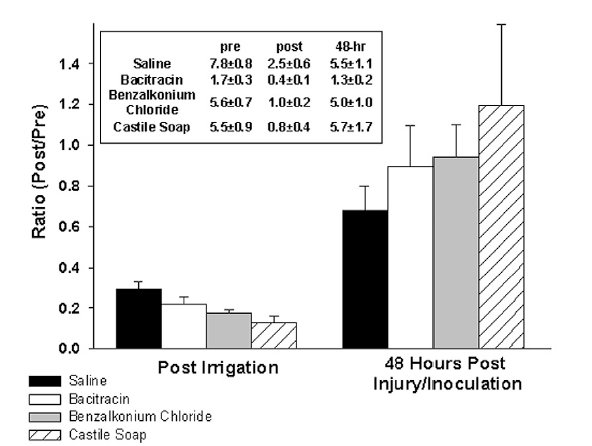1/13 For Mil Surgeons, Sir Alexander Fleming is rightly recognised for discovering ABx and the enormous contribution that this made to the care of those wounded on the battlefield in WW2.
His contribution to surg care in WW1 is less well known but similarly important. THREAD
His contribution to surg care in WW1 is less well known but similarly important. THREAD
2/13 After qualifying from St Mary’s in 1906, Fleming had considered a career in surgery, before being persuaded to join the Medical School’s world renowned bacteriology lab by Sir Almroth Wright-a first class scientist and grumpy bastard (and vocal opponent of women’s suffrage!)
3/13 One of the reasons his colleagues were keen to keep him at St Mary’s was rumoured to be Fleming’s marksmanship-he was the top shot at the Medical school rifle club. He had joined the reserve battalion of the London Scottish Regiment from when he arrived in London in 1900.
4/13 When the First World War broke out, he left the London Scottish Regiment and was commissioned as a Lt in the RAMC. He and the rest of St Mary’s lab set up their equipment the No. 13, General Hospital in Boulogne-sur-Mer in France, close to the Western Front @JRAMC_BMJ
5/13 In the first years of the war, surgeons were overwhelmed by the wounds they saw on the western front. Men were being mutilated by the industrial weapons of war in the most heavily manured lands on earth. Wound infections were rampant and often fatal. @Defence_Medical
6/13 Lister had published his work on the irrigation of open fracture wounds with carbolic acid 47 year before. (His story is brilliantly described in the #thebutcheringart by @DrLindseyFitz) As a consequence, most surgeons of the time practised some form of ‘Listerism’
7/13 ‘Listerism’ in 1914 meant the enthusiastic use of a variety of antiseptics to try to ‘sterilise’ the heavily contaminated open fracture wounds that surgeons were encountering. Including the famous Dakin solution.
Despite these treatments, the infections remained lethal.
Despite these treatments, the infections remained lethal.
8/13 To a scientist like Fleming, Thousands of wounds and a variety of treatments represented a grim natural experiment. He took hundreds of samples from wounds before and after treatment. He was also expert at making his own glassware-and tried to simulate complex wounds.
His findings from his wounds samples were starting to add up to the incontrovertible conclusion-‘Listerism’ was were worsening wound infections, not preventing them.
10/13 He gave the 1919 @RCSnews Huntarian Lecture aged 38.
“It is necessary, in the estimation of the value of an antiseptic, to study its effect on the tissues more that its effect on the bacteria”
I.e if a chemical is toxic to bacteria, its toxic to the wound tissue too.
“It is necessary, in the estimation of the value of an antiseptic, to study its effect on the tissues more that its effect on the bacteria”
I.e if a chemical is toxic to bacteria, its toxic to the wound tissue too.
Now this chimes with my own finding (in @JofOrthoTrauma) from lab studies on chlorhexidine solutions: they should be more effective than saline…but they aren’t.
https://pdfs.semanticscholar.org/3262/b999bd3ee9a477a75924e2e978e746c3d079.pdf">https://pdfs.semanticscholar.org/3262/b999...
https://pdfs.semanticscholar.org/3262/b999bd3ee9a477a75924e2e978e746c3d079.pdf">https://pdfs.semanticscholar.org/3262/b999...
But why?
I think antiseptics can kill 95%+ bacteria in a wound…but inevitably also some of the host tissue,and so that maybe afterwards there is a rebound of the 5% of bacteria-consuming the necrotic host tissue.
I think antiseptics can kill 95%+ bacteria in a wound…but inevitably also some of the host tissue,and so that maybe afterwards there is a rebound of the 5% of bacteria-consuming the necrotic host tissue.
12/13 This isn’t just speculation, @BrettOwensMD and Josh Wenke published this awesome study proving this finding in @jbjs
https://pdfs.semanticscholar.org/4926/97b957a9335b186e4d0d11ef7f507126bb44.pdf">https://pdfs.semanticscholar.org/4926/97b9...
https://pdfs.semanticscholar.org/4926/97b957a9335b186e4d0d11ef7f507126bb44.pdf">https://pdfs.semanticscholar.org/4926/97b9...
13/13 Fleming’s work 100 years ago has been consistently born out by every study since.
Sir Alexander Fleming was knighted for his contribution to WW2 combat casualty care in 1944.
Few can claim to such a massive impact on wound care in both World Wars.
Sir Alexander Fleming was knighted for his contribution to WW2 combat casualty care in 1944.
Few can claim to such a massive impact on wound care in both World Wars.

 Read on Twitter
Read on Twitter